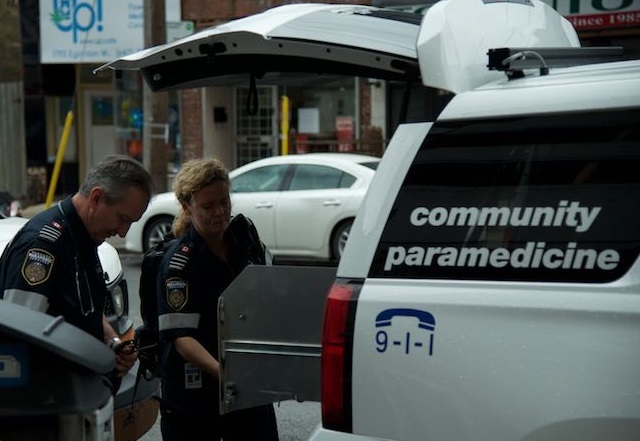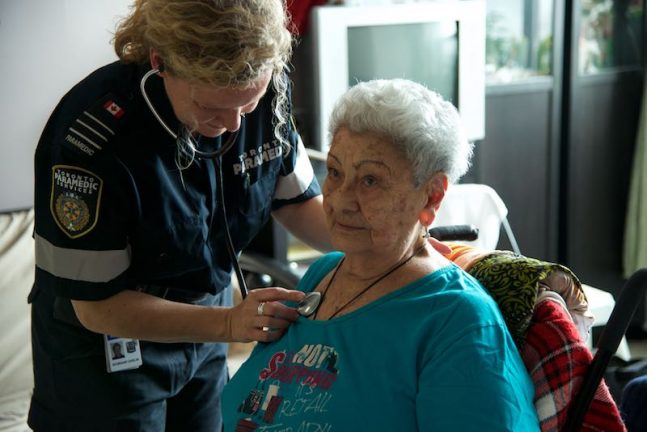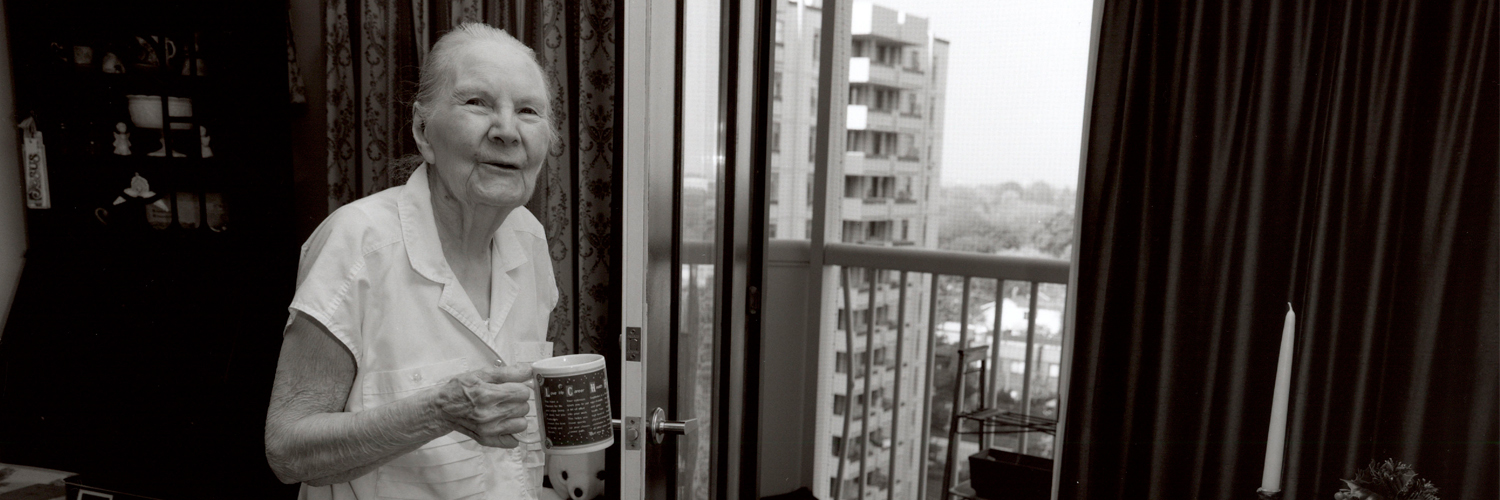As we age, certain activities of daily living that are essential to maintaining our independence, such as preparing meals, housekeeping, accessing transportation, and doing laundry may become more difficult and challenging. Significantly, about one-quarter of Canadians aged 75 and over has at least one unmet need with respect to their activities of daily living, and the number of older adults with unmet needs could be underestimated because they may not know what supports are available or how to best access them.
This unfortunate reality is not just a challenge for older adults and their families, it affects all of us. Unmet needs among older adults are associated with personal adversities, such as an inability to prepare meals, injuries, depression and death, but are also correlated with growing systemic health care costs, including higher rates of hospitalization, increased risk of falls and institutionalization. More recently, a new landmark research study demonstrated that once older people become ‘homebound’ they have a significantly greater risk of death. The study concludes that we ‘need to extend health care services from hospitals and clinics to the homes of vulnerable individuals.’ Therefore, the more that we can offer supports for older adults that promote healthier and more independent living, we will likely see better patient and system outcomes, including greater savings for our health care system as well.
The desire for greater cost savings is especially motivating governments and health care professionals to look to providing more home- and community-based care first. In Ontario alone, acute care is estimated to cost $1,000 per day, while home care on average costs about $55 per day. Currently, 15% of hospitalized Canadians are designated as ‘Alternate Level of Care’ or ‘ALC’ Patients. These are patients who are ready to be discharged from hospitals but for whom no appropriate home and community support or long-term care services are immediately available. In fact, the Canadian Medical Association says that by freeing acute care resources by providing more appropriate levels of care for older Canadians, Canada could save $2.3 billion annually that it could reinvest in other areas of the health care system. It’s no wonder why Ontario, among other provinces, began its emphasis on strengthening the home and community care sector starting a decade ago with its Aging at Home strategy.
To enable older patients to live independently in their homes for longer, many provinces have launched community paramedicine initiatives, including Alberta, British Columbia, Nova Scotia, Ontario, Prince Edward Island and Saskatchewan, as well as beyond Canada in the United States and United Kingdom. Each of these individual initiatives vary based on local circumstances, but they all address the issue of unmet needs among older adults which further aims to cut health care costs and inefficiencies. These initiatives largely arose out of the realization that about 60 per cent of paramedic calls are made by older adults, who only represent 16 per cent of the population, and often for non-life threatening needs like providing ‘lift-assistance’ after an individual falls.
Community Paramedicine initiatives therefore represent a shift from the traditional emergency response model of ‘treat and transport’ to a ‘prevention and health promotion’ model of care. It aims to relieve health care costs by reducing 911 calls, which means fewer older adults transported to emergency departments, and enables emergency services to focus their efforts on individuals with more pressing concerns. In addition to providing home visits themselves, Ontario’s community paramedics are connecting older patients with their local home care and community support services providers to further access appropriate community-based services that can help them maintain their independence.

Provinces across Canada have invested in Community Paramedicine Programs to reduce 911 calls.
Contributing to these innovative initiatives, in partnership with Toronto Paramedic Services, our team at Sinai Health System’s Healthy Ageing and Geriatrics Program has enabled four community paramedics to support frail and homebound older patients to live more independent, active and engaged lives. As one of 30 community paramedicine initiatives that Ontario’s Ministry of Health and Long-Term Care chose to fund, our Independence at Home Community Paramedicine Program was launched in November 2014 to respond to the increasing 911 calls made by older adults in Toronto.
Our program focuses on meeting the needs of high-volume older users of emergency services. Typically, our front-line paramedics, Michele, Debbie, Mark and Siobhan screen patients into our program after making three or more 911 calls within 12 months for breathing complaints, chest pain, falls or illness; or four or more 911 calls within 12 months for any reason. Our community paramedics visit the program’s older patients in their homes. During these home visits, they conduct targeted geriatric assessments as well as chronic disease management education to provide their clients with tools to support them to stay at home longer. Toronto Paramedic Services has also helped refer older patients to other primary, home and community care services that can offer them increased support.
“By connecting homebound older patients with the right mix of health and social support services, our community paramedics can help them stay in their homes and in their communities, which we know is important to them,” Paul Raftis, the chief of Toronto Paramedic Services, told me.

Our Community Paramedics help older patients stay independent at home and engaged in their communities.
As a result of those increased supports, the program has achieved an impressive 49% reduction in the number of 911 calls, as well as a 67% reduction in transports to our busy local emergency departments and was featured in the Toronto Star last year.
Indeed, through building a strong partnership with another community-based care provider to deliver a more proactive and creative preventive approach to care, this program has become a leading new innovative model of community care in Canada. It is nice to see our federal Minister of Health, Jane Philpott, frequently mentions the potential of community paramedicine as a future innovative way to provide the provision of more home and community-based care for which her government has pledged an additional $6 billion towards the expansion of home care in the coming years.
Indeed, we are proud to be helping to lead the future provision of geriatric services with our Toronto Paramedic Services colleagues in the homes and communities where our patients live in the Greater Toronto Area through our novel Community Paramedicine Program. It is another way we are ensuring that older adults across Toronto can access the right care in the right place at the right time by the right provider.
Date modified: 2017-02-02

